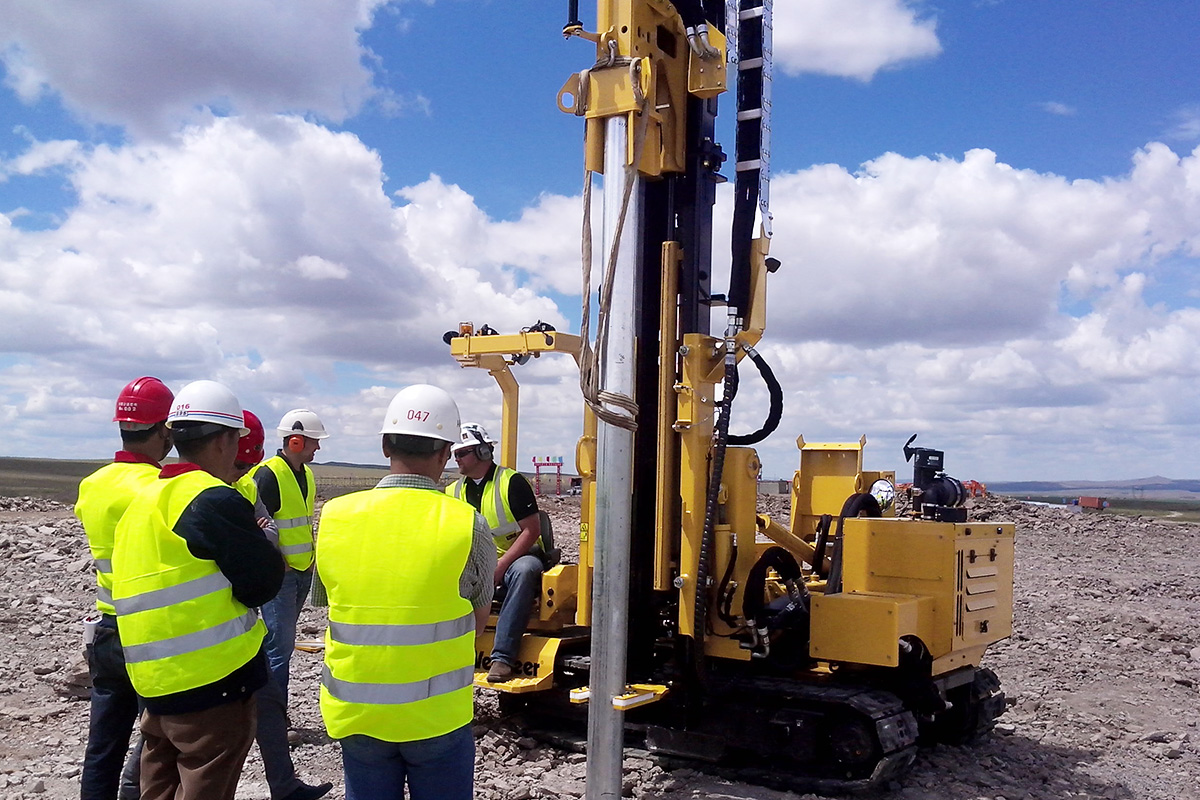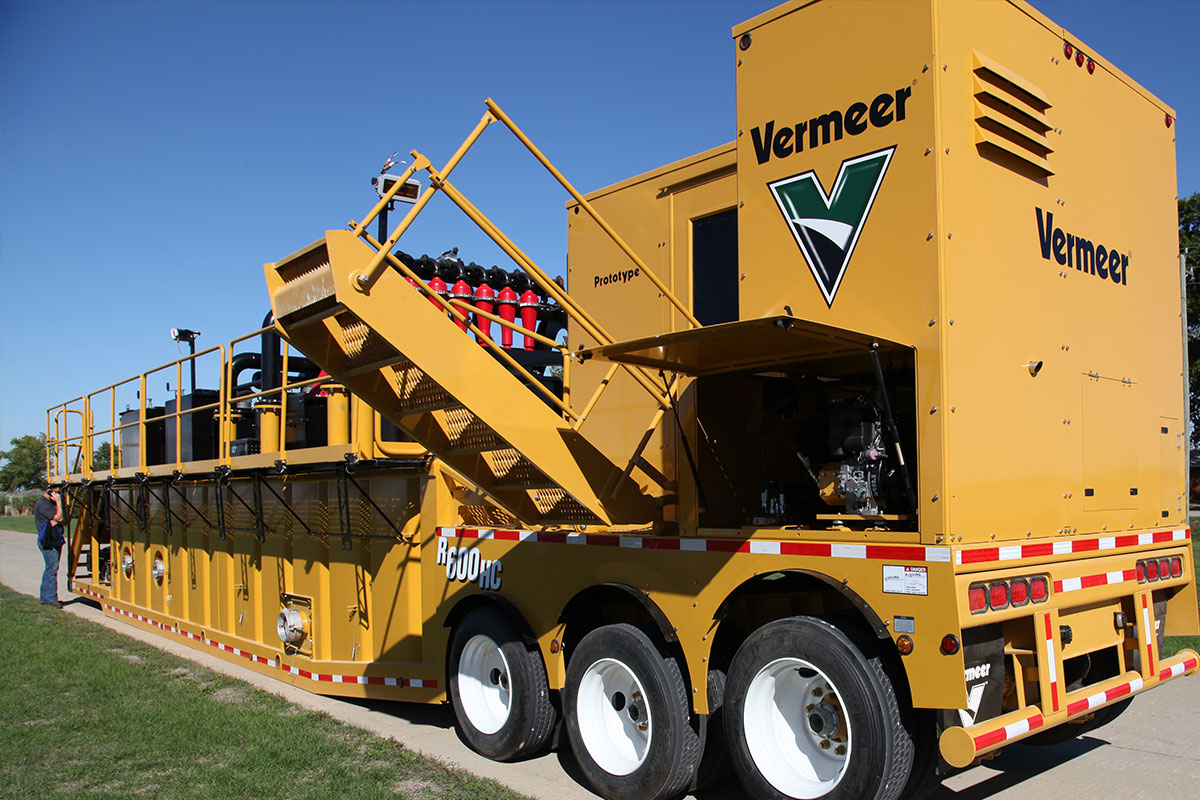Solar farms are taking off in Australia, with several planned projects – including a 2GW facility – set to surpass the capacity of the largest current national solar plant.
Utility-scale solar has taken off around the country in the last five years, with a number of significant projects planned and built over the time frame.
Currently, the biggest solar farms in Australia are AGL’s 102 megawatt (MW) Nyngan facility and Fotowatio Renewable Ventures’ 56MW Moree Solar Farm, both in New South Wales. Coming a close third is Broken Hill (53MW) in regional New South Wales, also owned by AGL.
The Nyngan Solar Plant generates around 233,000 megawatt hours (MWh) of renewable electricity every year, which is enough to supply electricity to approximately 33,000 New South Wales households. However, Queensland is looking to overshadow these developments with its proposed 2 gigawatt (GW) Bulli Creek Solar Farm, to be located 150km west of Toowoomba. It will be the largest solar farm in Australia and fourth largest in the world.
Toowoomba Regional Council approved the project in February 2015 for a total eight-year footprint of up to 2GW (2,000MW). The development can be staggered over more manageable stages, of between 100MW to 500MW of additional power per upgrade.
Other large-scale solar projects are also in the pipeline. In Victoria, Energy Australia received approval for the Mallee Solar Park, a 250MW facility, in 2010. The project is currently being evaluated for feasibility. Back in Queensland, ESCO Pacific’s 135MW Ross River Solar Farm is being built over an area of 202ha on an old mango plantation near Townsville, notable for its 320 days of sunshine on average each year.
This $250 million project will have 450,000 ground-mounted solar panels, meeting the yearly energy needs of around 50,000 average households. Construction will begin in early 2017 and is expected to last 12 months.
Click here to read the full article in the November 2016 edition of Utility Magazine

 MyDealer:
MyDealer:


